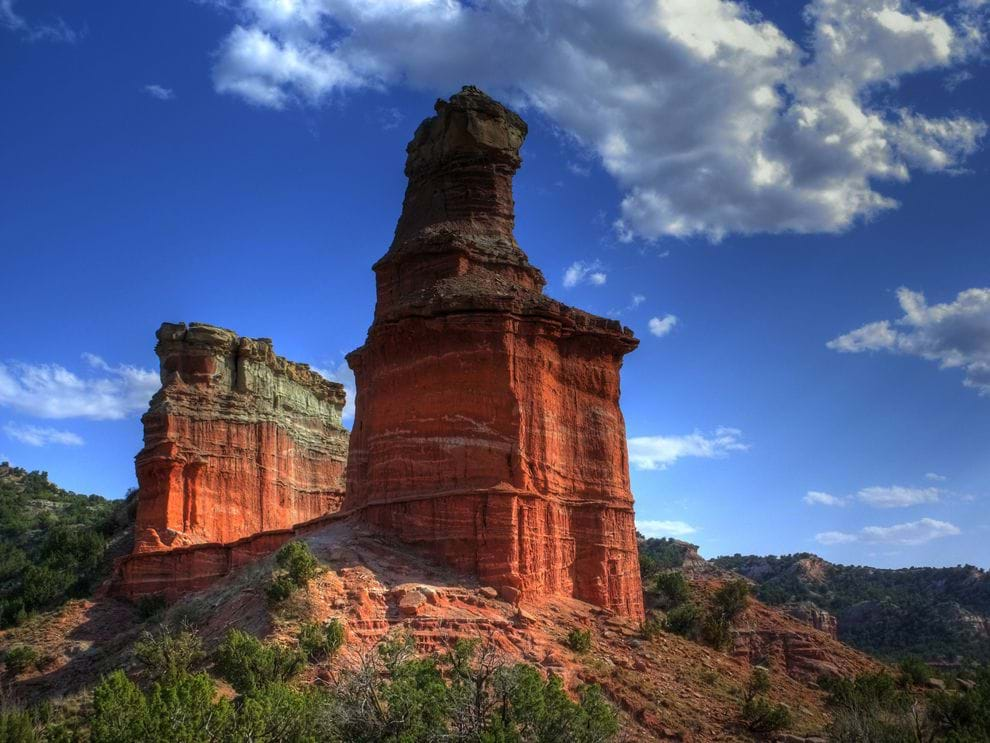
Summary
Earth science is an exciting field that includes exploring the Earth's crust and its landforms, and the geological processes that shape our planet's surface. From an engineering perspective, students learn about these Earth science concepts and explore them through hands-on activities.Engineering Connection
Engineers use their knowledge of Earth science to design devices and processes that benefit our lives. Engineers help find and extract raw materials from the Earth's crust, which they use to help create the roads, vehicles, structures, electronics, chemicals, electricity, etc. that we use everyday. Civil engineers determine placement of our transportation infrastructure based on the geological conditions of an area. Engineers assess soil types and erosion factors prior to planning and erecting buildings, and analyze landforms in relation to mining, natural hazards and environmental protection issues.
Subscribe
Get the inside scoop on all things TeachEngineering such as new site features, curriculum updates, video releases, and more by signing up for our newsletter!Unit Schedule
Suggested activity order:
More Curriculum Like This

Students learn about major landforms (such as mountains, rivers, plains, valleys, canyons and plateaus) and how they occur on the Earth's surface. They learn about the civil and geotechnical engineering applications of geology and landforms, including the design of transportation systems, mining, ma...
Copyright
© 2020 by Regents of the University of ColoradoLast modified: September 23, 2020




User Comments & Tips